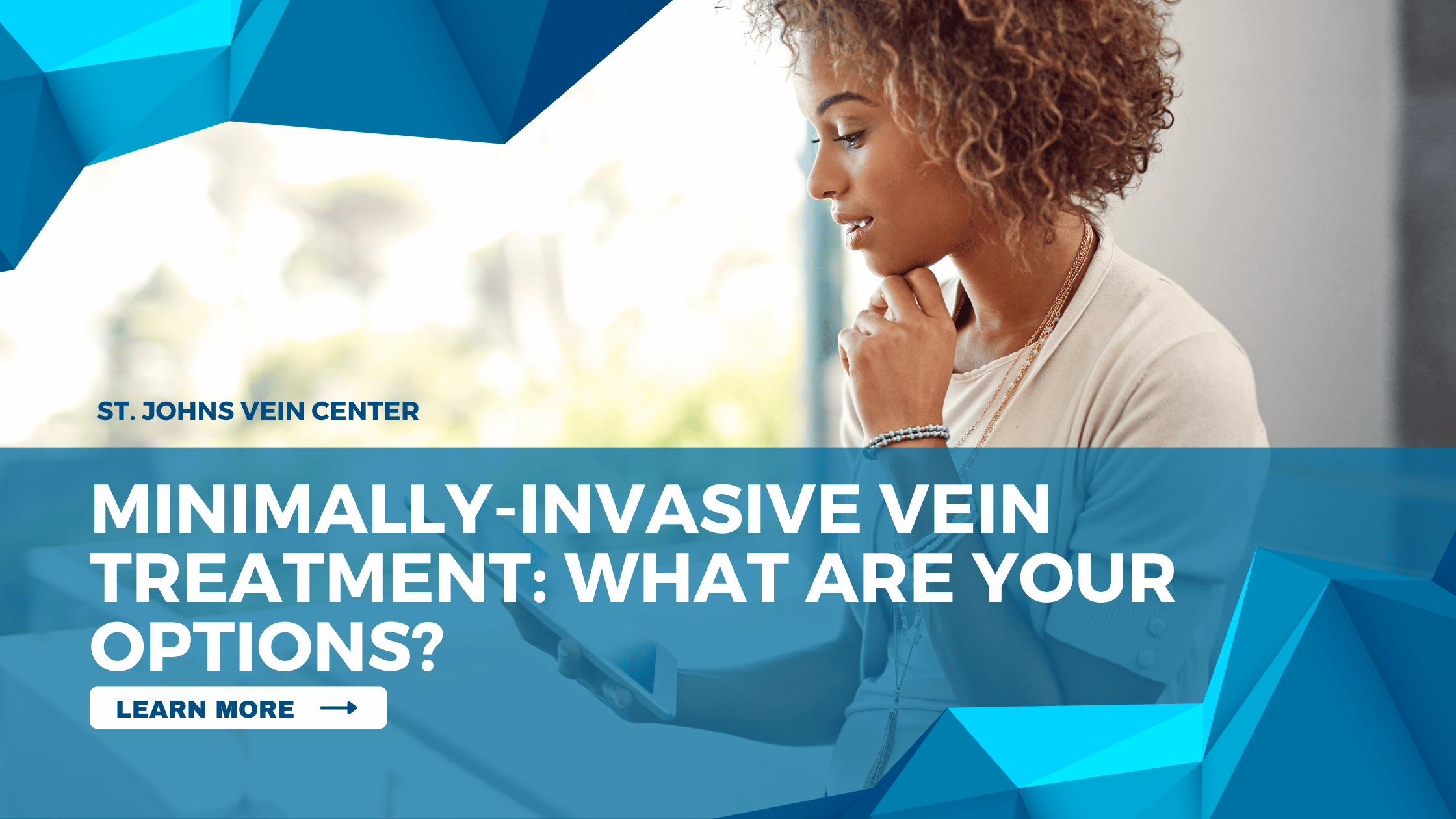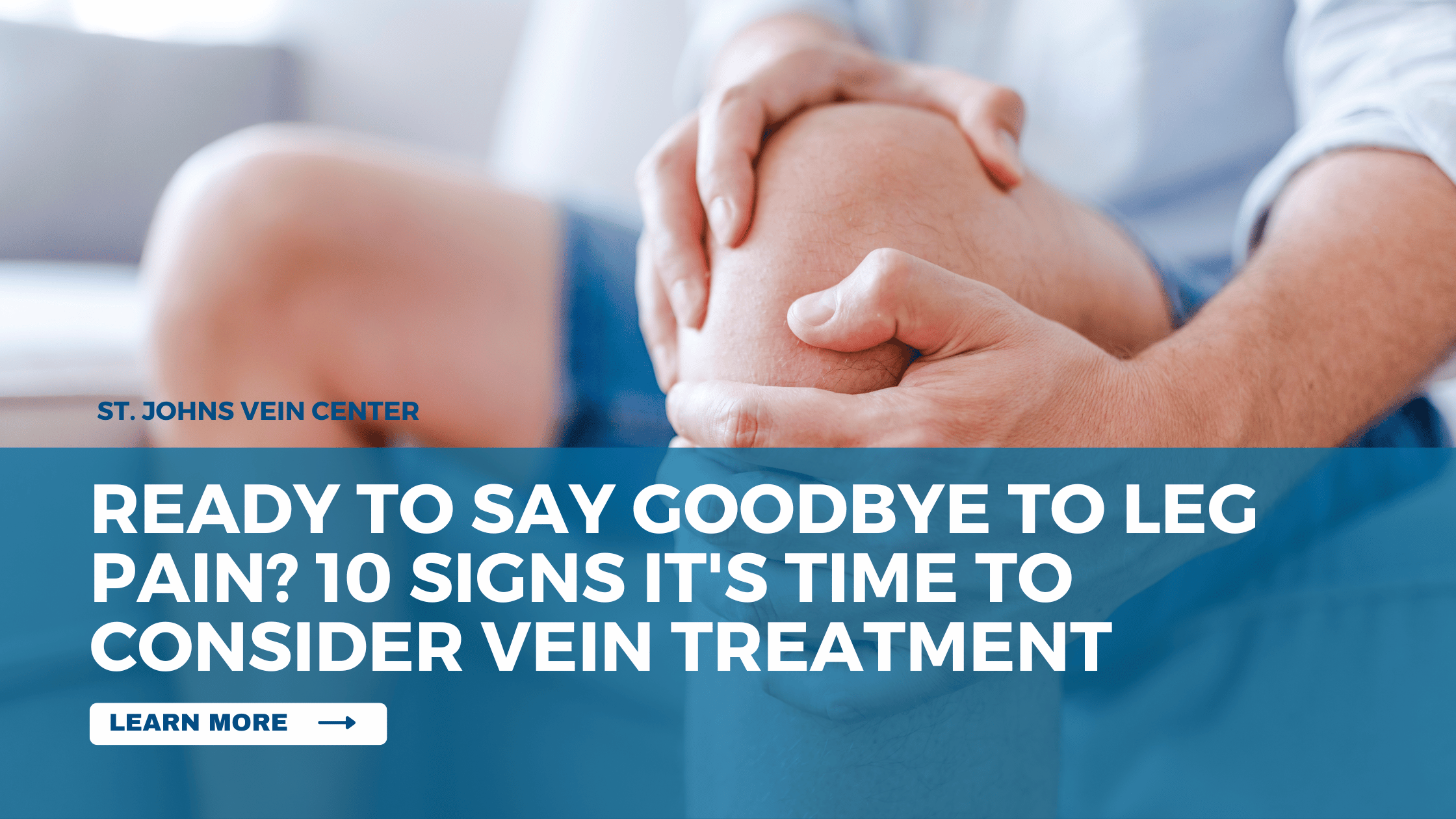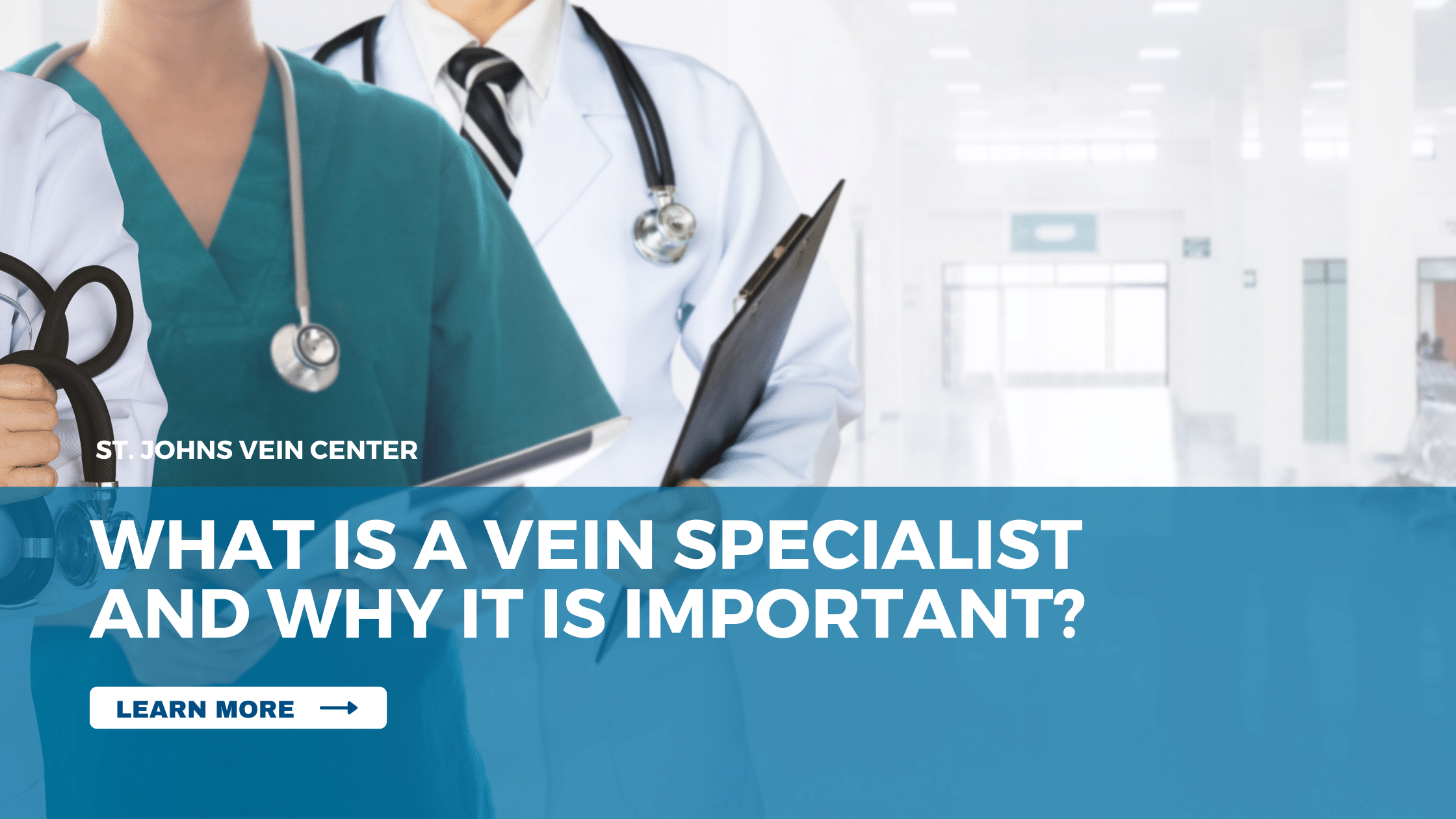Are you looking for ways to treat varicose veins without surgery? If so, this article will explore the range of minimally-invasive vein treatment available. From sclerotherapy to laser ablation and endovenous thermal ablation, we’ll discuss the pros and cons of each option so that you can make an informed decision about your care.
SCLEROTHERAPY
Sclerotherapy is a minimally-invasive vein treatment involving injecting a solution into the affected veins. This solution causes the veins to collapse and eventually disappear. Sclerotherapy is an effective treatment for both spider veins and varicose veins. It is typically performed in a doctor’s office or outpatient clinic.
VARITHENA
If you are looking for a minimally-invasive vein treatment option, Varithena may be a good choice. Varithena is a minimally-invasive, FDA-approved treatment that uses polidocanol to close off dysfunctional veins. The procedure is quick and easy and can be done in the comfort of your own home. There is no need for anesthesia or any special equipment. You can return to your normal activities immediately after the procedure. Varithena is a safe and effective treatment option with very few side effects.
ENDOVENOUS ABLATION
If you are dealing with varicose veins, you may be a candidate for endovenous ablation. This minimally-invasive procedure uses heat to seal off the affected vein so that blood can no longer flow through it. The results are immediate and usually last for several years.
AMBULATORY PHLEBECTOMY
Suppose you are experiencing pain or discomfort in your legs due to varicose veins. In that case, you may be a candidate for an ambulatory phlebectomy. This minimally-invasive procedure involves the removal of varicose veins through small incisions in the skin.
Ambulatory phlebectomy is typically performed as an outpatient procedure, meaning you can go home the same day. The process itself takes about 30 minutes to an hour to complete. Recovery time is typically short, with most people resuming normal activities within a few days.
Ambulatory phlebectomy has several benefits over other vein treatments, such as sclerotherapy or endovenous laser ablation:
- It is less invasive than these different procedures, meaning there is less risk of complications.
- It is a highly effective treatment for larger varicose veins.
- It leaves no visible scars on the skin.
If you are considering ambulatory phlebectomy for your varicose veins, consult a board-certified vein specialist with experience.
VENASEAL
There are a variety of minimally-invasive vein treatments available, and VENASEAL is one option your doctor may recommend. This procedure uses a medical adhesive to seal the veins closed, ultimately preventing blood from pooling in the legs and causing pain or discomfort. In addition, the Venaseal procedure is minimally-invasive, meaning there is no surgery required and minimal recovery time needed afterward. This makes it an attractive option for those who want to avoid more invasive procedures, such as vein ligation and stripping.




